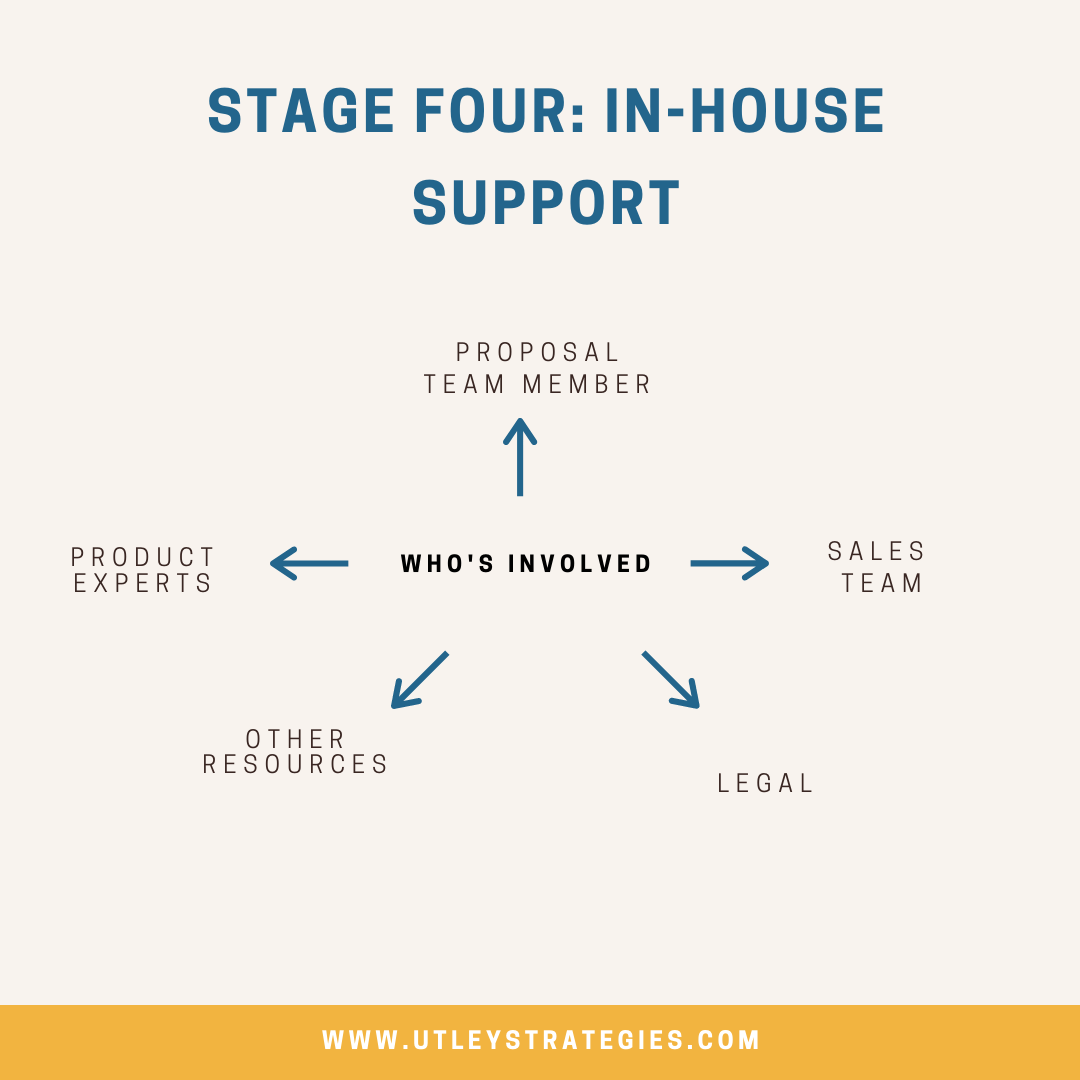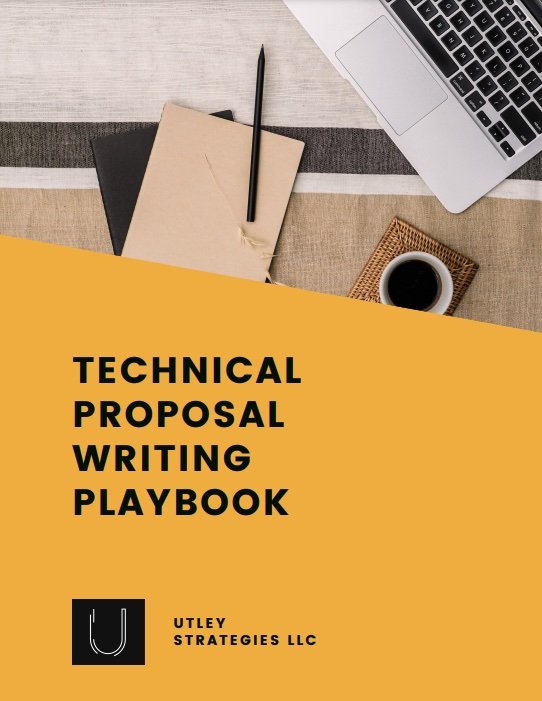Six Proposal Development Stages
If you’re in the B2B space, you will have to submit a proposal as your company grows. Once you start pursuing larger opportunities, you will increasingly be expected to respond to competitive RFPs released by procurement committees. If you find yourself unsure of how to approach proposals in these scenarios, rest assured that you are not alone. Below is an overview of the six stages companies experience as it relates to proposals, and what you can expect at each.
Stage 1: Proposal without Formal RFP
At this stage, you are submitting a proposal often after a direct discussion with a potential client where they ask you to send more information about what you can do. Most of these proposals are fairly short (15 pages or less), and they follow a format and outline that you create. Since there is no formal RFP, you may not be competing with a group of other companies. Instead, your main competition is their current solution, whether it’s an in-house process or another company.
Who’s Involved: Since these proposals are more simple, they tend to be created by the sales team, CEO, or another dedicated client-facing team member. Some companies will include marketing or outside consultants at this stage to ensure the most compelling proposal is presented.
Stage 2: Small Team/Sales Create Proposal to Formal RFP
With your first official RFP, you will follow a more complex process and be expected to create a proposal that aligns with what is outlined in the RFP. Every RFP has different requirements, but you can expect your final proposal to be anywhere from 10-150 pages, depending on the complexity of the project. Because most organizations don’t go to RFP unless the project is $100,000 or more, you know that these proposals tend to be for larger projects than those without a formal RFP. You can expect to see competition from several other companies any time you respond to an RFP.
Who’s Involved: Whoever creates non-RFP proposals will also be involved in the first RFP. This team will also likely include a legal review, at a minimum, and help from other departments, such as customer support, engineering, project management, and others who are familiar with your offerings.
Stage 3: Enlisting Help for RFP Proposals
After responding to several RFPs, many companies will develop an internal process that works most of the time. However, eventually there will be one RFP that is highly important and critical to the organization. Oftentimes your sales team has been speaking with the client for months before the RFP is released. You may also have a small contract with them already and this is the larger project that will be a huge win for your company. Whatever the case, when this critical RFP approaches, many companies choose to work with a proposal expert to create the most strategic and competitive proposal. Because there is no in-house proposal team at this point, having an outside writer and proposal manager with the proposal expertise is critical to creating a competitive and compelling response.
Who’s Involved: The sales team, legal, implementation teams, product experts, and the outside proposal expert as well as any other required experts based on the RFP requirements all work together to create the final, competitive proposal.
Stage 4: In-House Marketing/Proposal Support for Many RFPs
By this point, your company will be responding to many RFPs pretty regularly. This often means at least 3-4 proposals per month. After being overwhelmed with all of the proposals they’re managing, your sales team will be grateful for a dedicated resource to own the proposal responses. The proposal team will help to create standards around RFPs (if they don’t already exist), tailor the content, and ensure all proposals are compliant with the customer’s requirements.
Who’s Involved: This stage includes at least one dedicated proposal team member, the sales team, legal, implementation teams, product experts, and other resources as needed to finish the proposal.
Stage 5: Robust Proposal Support Team for Many RFPs
As your proposal team grows, you will be responding to many more proposals. In general, the most one proposal writer can easily manage at a time is 3-4 proposals per month. Any more than that (unless they’re very simple), and you will be using mostly boilerplate content instead of tailoring your proposal to the customer, which is not recommended. For truly strategic and complex proposals, expect the proposal manager/writer to only have one at a time, and many may involve at least two individuals (such as complex government contracts). At this stage, your sales team will be involved to provide insights into the customer and their specific goals, which will allow you to create more customized proposals.
Who’s Involved: With larger proposals and a larger team, you can expect all of the same team members as in the past stage. This stage will often include content from outside companies with whom you partner for the holistic solution (such as OEMs, subcontractors, teaming partners, etc.).
Stage 6: Comprehensive Proposal, Sales, and Capture Efforts for Strategic RFPs
At this stage, you will have a dedicated capture team who will work in conjunction with the proposal and sales teams to create a strategic approach to winning proposals. Capture includes developing a comprehensive plan for how you can position your company to win the RFP before it is ever released.
The capture team will work closely with the sales team to develop an approach to learning more about the customer and speaking with them, defining any needed partner relationships, and understanding the project requirements. The insights from this stage are then shared with the proposal team to incorporate into the proposal, which the capture team will review to confirm everything is sound. Proposals that have capture involvement will typically include a formal review process to create a top-quality proposal.
Who’s Involved: Capture, sales, and proposal teams work together to incorporate tailored content and a unique approach into the proposal. Input from other internal and external team members will be required to finalize these proposals.
Download the *FREE* Technical Proposal Writing Playbook to improve your proposals today!
Next Steps:
Now that you know the evolution of the proposal response process, it’s time to review your current approach and determine if you need to make any adjustments to hit the next stage. If you need help responding to proposals or would like training for your team on how to improve your approach, we can help.






